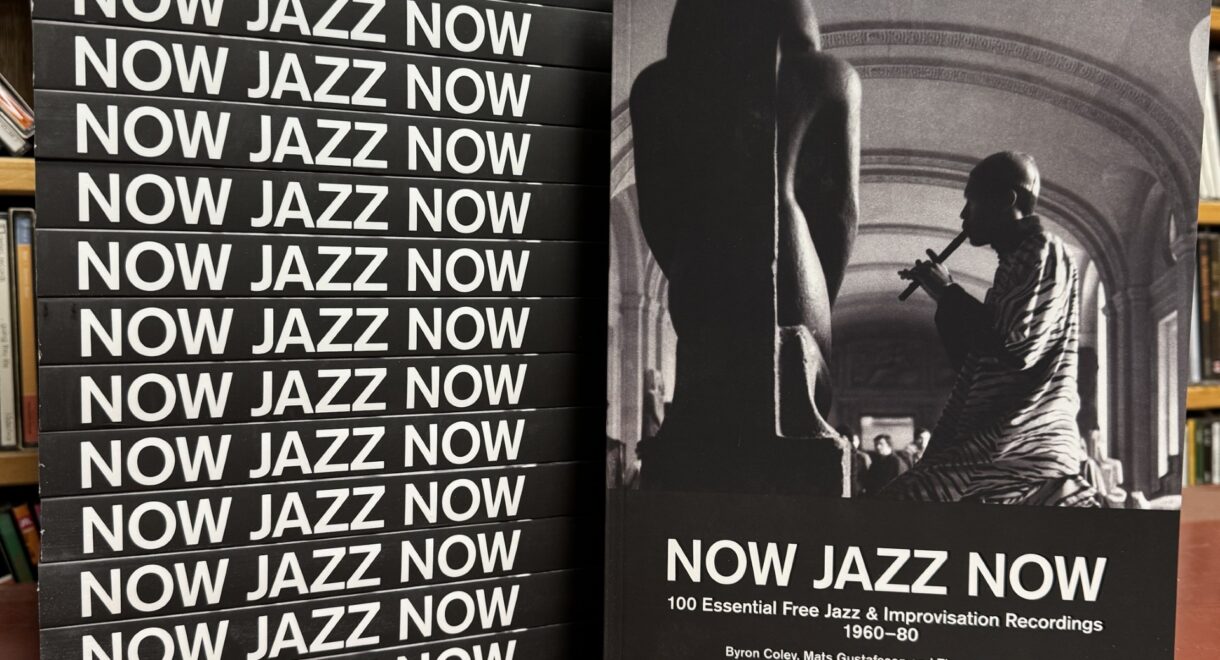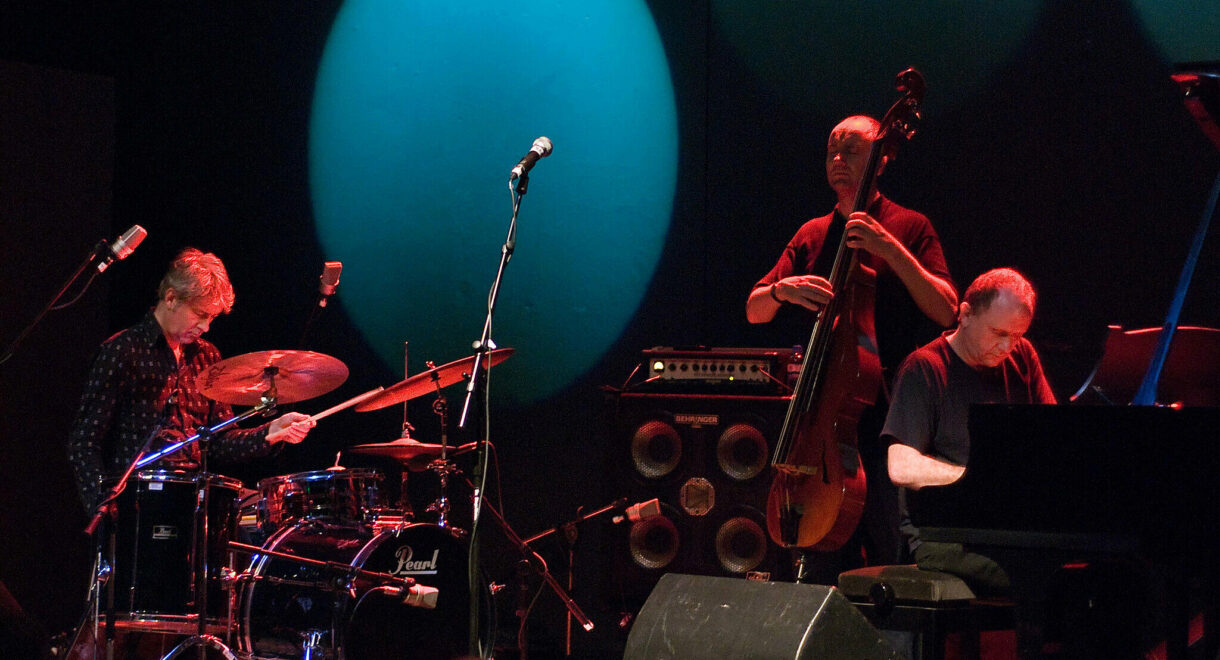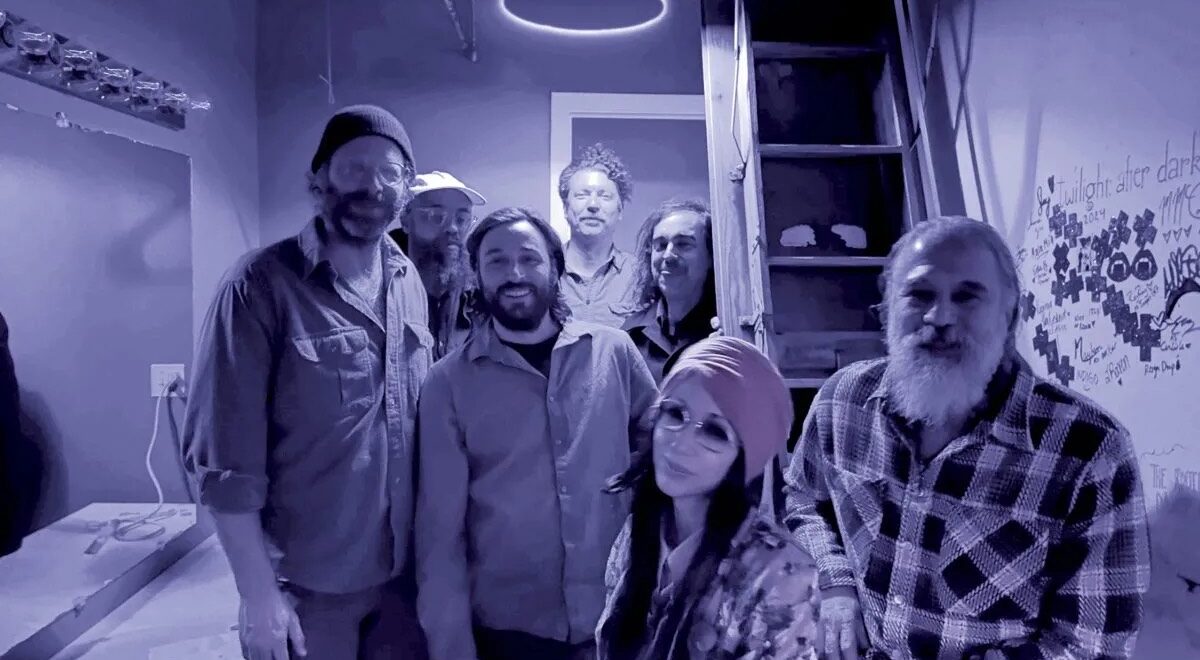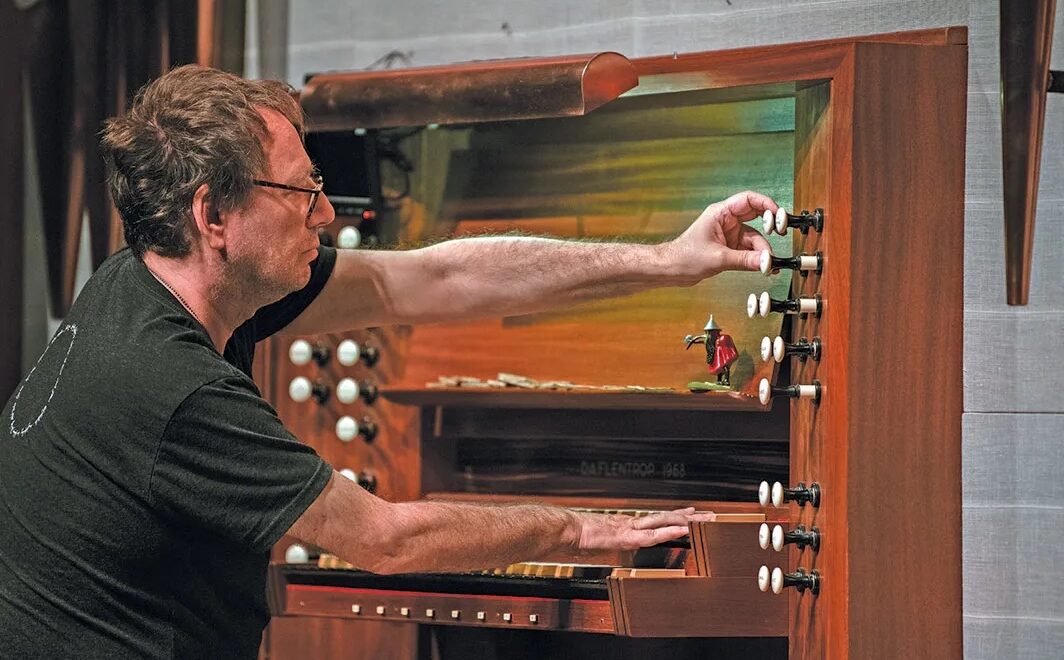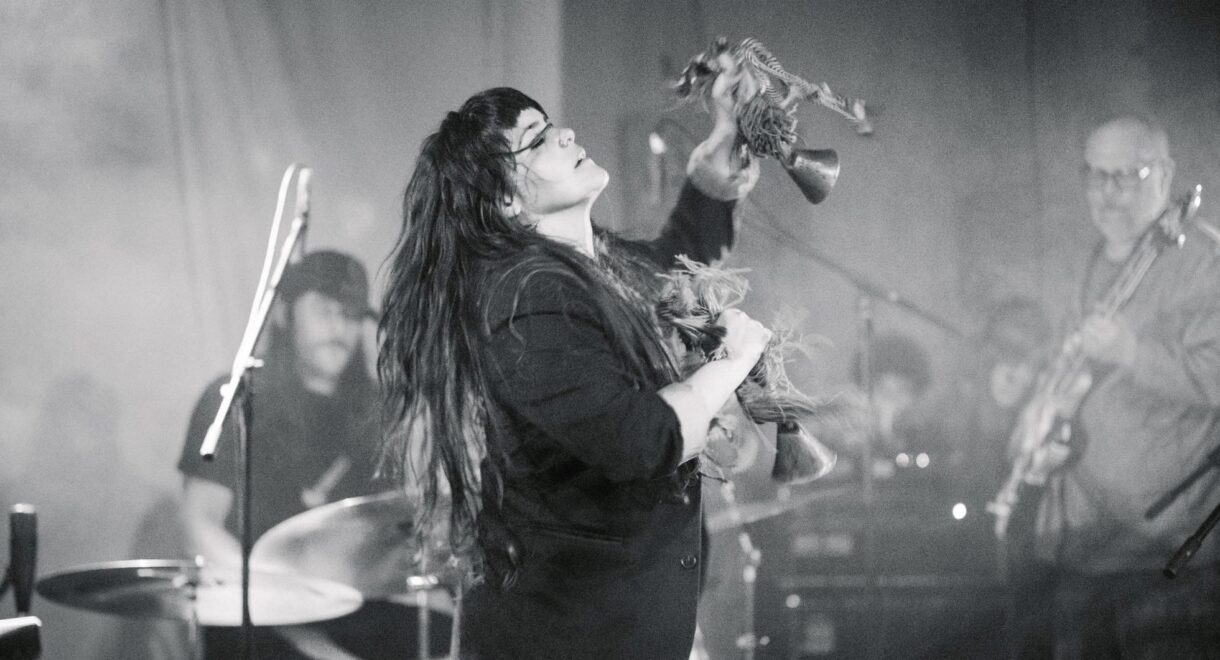“…just three guys who really like records trying to make a case for their collective obsessions,” writes Coley. The just published book Now Jazz Now took decades to […]
A Genius Hitting His Stride: Watch Pharoah Sanders Live at Antibes, 1968

By the summer of 1968, Pharoah Sanders had emerged from the long shadow of John Coltrane’s final years to chart his own ecstatic path. Coltrane had died less than a year earlier, in July 1967, but Sanders, who had played with him on Ascension, Meditations, and Live in Japan, was still seen by many as a feral offspring of his mentor’s free jazz gospel. Tauhid, recorded not long after Coltrane’s death, signaled a new direction: still volcanic and free, but more ritualistic, spacious, and spiritual.
Eager to tap the enthusiasm that Europeans had for jazz, Sanders accepted an offer to play at the Festival Européen de Jazz (later renamed the Antibes Jazz Festival), a set of concerts in Juan-les-Pins, France that gathered players from across Europe in a naturally stunning space. Each night’s set was broadcast live over French radio, capturing a scene in motion. Founded in 1960, the festival took root at La Pinède Gould, a seaside stage flanked by stone pines. From the start, the event welcomed the American originators — Charles Mingus, Ray Charles, Miles Davis, Ella Fitzgerald, and Duke Ellington, among them — who carried the tradition forward.
Sanders described his playing as an act of pursuit: if a line couldn’t be finished with the horn, he’d sing it instead, repeating phrases until he reached something true. “I have been trying to get a tone,” he said, “my tone… that seems to be one of the most important things now.” Chord changes, he explained, couldn’t contain the range of feeling and rhythm he wanted to express. Club sets felt too short, the industry machinery too tight. Creativity took energy, and most systems weren’t built to hold it. “A lot of people just don’t have that kind of energy to give to the music,” he said, “or they haven’t learned yet how to release it.”
The natural acoustics and open-air intimacy of La Pinède Gould made it a magnet for recordings, and not just because of the sound. The space itself carries a sacred weight. Landmark sets from John Coltrane, Archie Shepp, Charles Lloyd, Keith Jarrett, Bobby Hutcherson, and others have imbued the pine grove with a kind of mysticism, a place where jazz doesn’t just echo but communes.
At Antibes, Sanders led a fiercely intuitive quartet featuring pianist Lonnie Liston Smith, bassist Sirone, and drummer Majeed Shabazz — an early configuration that foreshadowed the spiritual, open-form explorations he would soon crystallize on Karma.
The video itself isn’t a chronological document but a patchwork of segments, some repeated, some abruptly cut, that hint at multiple reels stitched together without regard for sequence. What survives isn’t a clean concert film but a fractured transmission: raw, flickering, and all the more powerful for its unpredictability.
Pharoah Sanders – Live at Antibes Jazz Festival, July 21, 1968
A timestamped guide to the YouTube clip:
0:00 – Introduction / Sound check / Tuning
2:25 – “The Creator Has A Master Plan” (from Karma)
8:00 – “Colors” (from Karma)
10:25 – [Unidentified improvisation]
15:30 – Back to “The Creator Has A Master Plan”
18:27 – [Video segment cuts or fades out]
21:00 – Video restarts: Intro / Sound check / Tuning (repeats the above sequence)
21:49 – “The Creator Has A Master Plan”
27:23 – “Colors”
29:49 – [Unidentified improvisation]
34:53 – Back to “The Creator Has A Master Plan”
37:50 – [Cut or transition]
~40:15 – Returns to where the earlier video cut off (around 18:27)
41:17 – “Venus” — part of the Medley: Aum–Venus–Capricorn Rising, which starts around 4:30 on the Tauhid recording
46:00 – Video cuts to different footage: Intro / Sound check / Tuning
49:00 – Cuts to “The Creator Has A Master Plan”
58:07 – [Longer free section or transition]
1:06:48 – “The Creator Has A Master Plan” again—could be a callback or reprise
1:08:58 – Cuts (and sounds especially cool) to a segment that’s probably not Pharoah
1:09:19 – Cuts to “Venus” or another part of the Aum–Venus–Capricorn Rising medley (the bass solo is similar)
1:19:36 – Back to “The Creator Has A Master Plan”
1:19:44 – Cuts again to non-Pharoah footage
If you want to hear more from Sanders’ work in France in the late 1960s and early 1970s, the below bootleg contains two brilliant sets taken from soundboard recordings. It’s a searing document.
Full soundboard from Antibes, France – July 22, 1968
(00:00) Unknown Title
(09:29) The Creator has a Master Plan
(30:04) Colors
Pharoah Sanders – Tenor Sax and Percussion
Lonnie Liston Smith – Piano
Norris Jones (Sirone) – Bass
Majeed Shabazz – Drums
Unknown Bongo Player
Full soundboard from Nice, France – July 18, 1971
(36:26) The Creator Has A Master Plan
(58:03) Jameela
(1:04:00) Let Us Go In The House Of The Lord
Pharoah Sanders – Tenor Sax
Lonnie Liston Smith – Piano
Cecil McBee – Bass
Jimmy Hopps – Drums
Lawrence Killian – Congas




